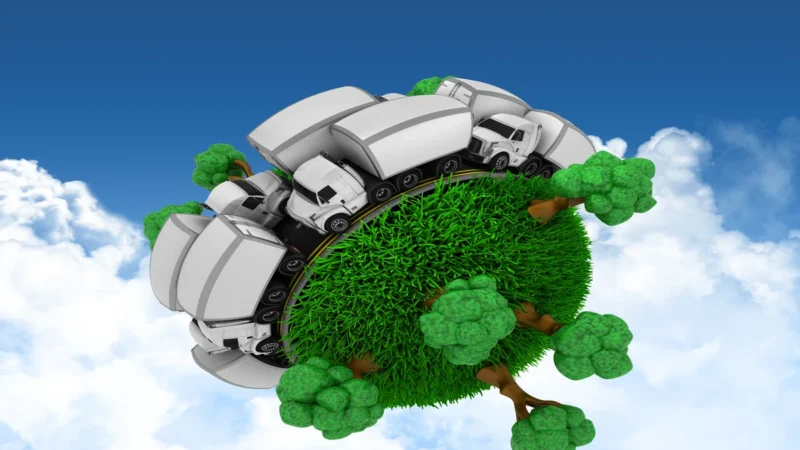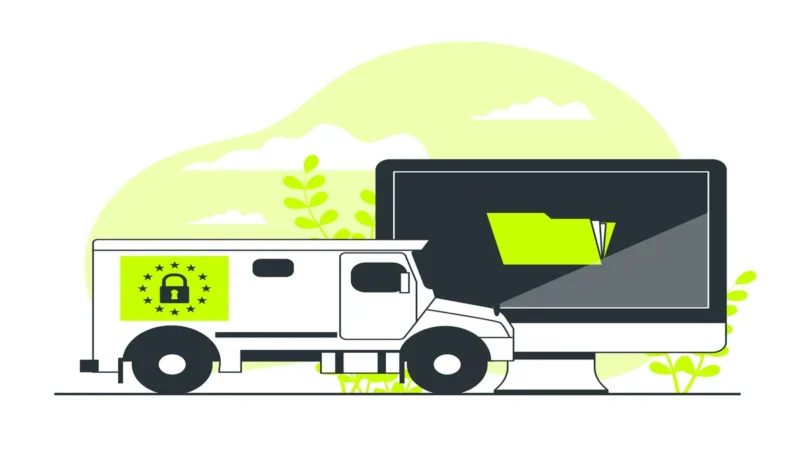Building Climate Preparedness: Lessons Learned & Best Practices

As the impacts of climate change become increasingly evident, it is crucial for communities, governments, and organizations to prioritize climate preparedness. By implementing effective strategies and adopting best practices, we can minimize the risks associated with climate change and build resilience for the future. In this article, we will explore key lessons learned and highlight best practices that can guide efforts in building climate preparedness.
Lessons Learned:
Recognize the Urgency:
One important lesson learned is the need to acknowledge the urgency of climate change. Delaying action only exacerbates the risks and costs associated with climate-related disasters. By acting promptly, communities can better protect themselves and their resources.
Foster Collaboration:
Building climate preparedness requires collaboration across different sectors and stakeholders. Successful examples have demonstrated the importance of involving local communities, governments, non-profit organizations, and businesses in climate resilience efforts. Sharing knowledge, resources, and expertise can enhance the effectiveness of climate preparedness initiatives.
Prioritize Vulnerable Populations:
Lessons from past disasters have shown that vulnerable populations, such as low-income communities, the elderly, and marginalized groups, are disproportionately affected by climate change impacts. Building climate preparedness should prioritize these populations by ensuring equitable access to resources, information, and support.
Best Practices:
Conduct Risk Assessments:
To effectively prepare for climate change, it is crucial to understand the specific risks and vulnerabilities faced by a particular region. Conducting comprehensive risk assessments helps identify potential hazards, assess their potential impacts, and prioritize actions accordingly.
Develop Climate Action Plans:
Climate action plans outline specific strategies and actions to mitigate and adapt to climate change. These plans should include targets, timelines, and measurable indicators to track progress. Regularly reviewing and updating these plans ensures their relevance and effectiveness.
Invest in Infrastructure Resilience:
Climate-resilient infrastructure is key to minimizing the impacts of extreme weather events and other climate-related hazards. This includes designing buildings and transportation systems that can withstand floods, storms, and heatwaves, as well as incorporating green infrastructure, such as parks and urban forests, to mitigate the effects of climate change.
Enhance Early Warning Systems:
Timely and accurate information is crucial in preparing for climate-related disasters. Investing in advanced early warning systems, including weather monitoring technologies and community alert systems, can help communities respond proactively and save lives.
Promote Education and Awareness:
Education and public awareness play a vital role in building climate preparedness. By providing information about the impacts of climate change and practical steps individuals can take, communities can foster a culture of resilience and empower individuals to make informed decisions.
FAQs
Q: What are the main consequences of climate change?
A: Climate change can lead to more frequent and severe heatwaves, extreme weather events like hurricanes and floods, rising sea levels, and disruptions to ecosystems and agriculture. It also exacerbates health risks, threatens biodiversity, and impacts economic stability.
Q: How can individuals contribute to climate preparedness?
A: Individuals can contribute by conserving energy, reducing water usage, adopting sustainable transportation methods, supporting local initiatives, and advocating for climate-conscious policies. It’s important to stay informed and spread awareness about climate change.
Q: What is the role of businesses in climate preparedness?
A: Businesses can contribute by implementing sustainable practices, reducing greenhouse gas emissions, adopting renewable energy sources, and developing resilient supply chains. They can also invest in climate research and innovation to develop new solutions.


